Lensrentals has loaned me a Fujifilm 30 mm f/5.6 tilt/shift (T/S) lens to test. I mounted it on a GFX 100 II and aimed it at a Zeiss Siemens star about 20 feet away.
I mounted the camera on an Edelkrone tripod, using an Arca Swiss C1 cube. I made 4 exposures at each setting, focusing manually with maximum magnification and low peaking. I picked the sharpest image at each setting. I used the 10 second self timer to deal with vibration. I developed the images in Lightroom, white balanced them to the center of the star, and set sharpening to zero. I’ll show you some crops at a bit over 250% magnification.
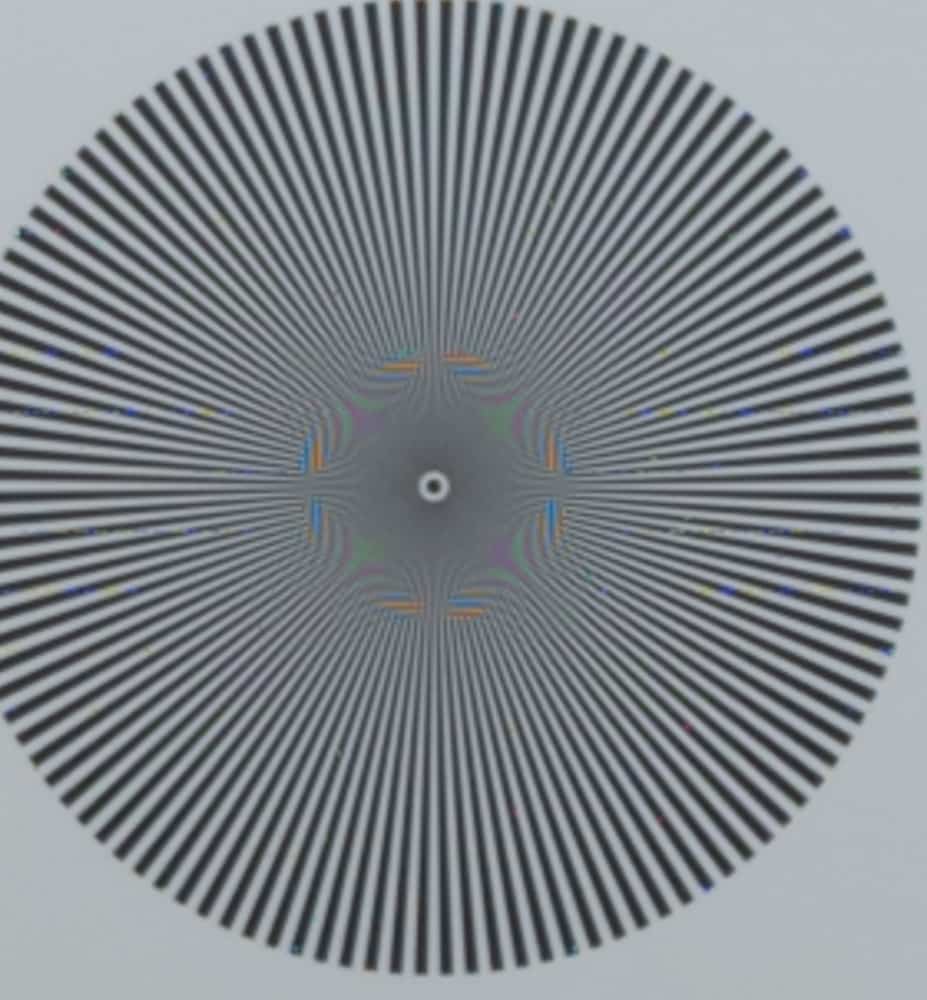
On axis, the performance is excellent. I will test later, but it’s hard for me to imagine that things will get much better here if I stop down.
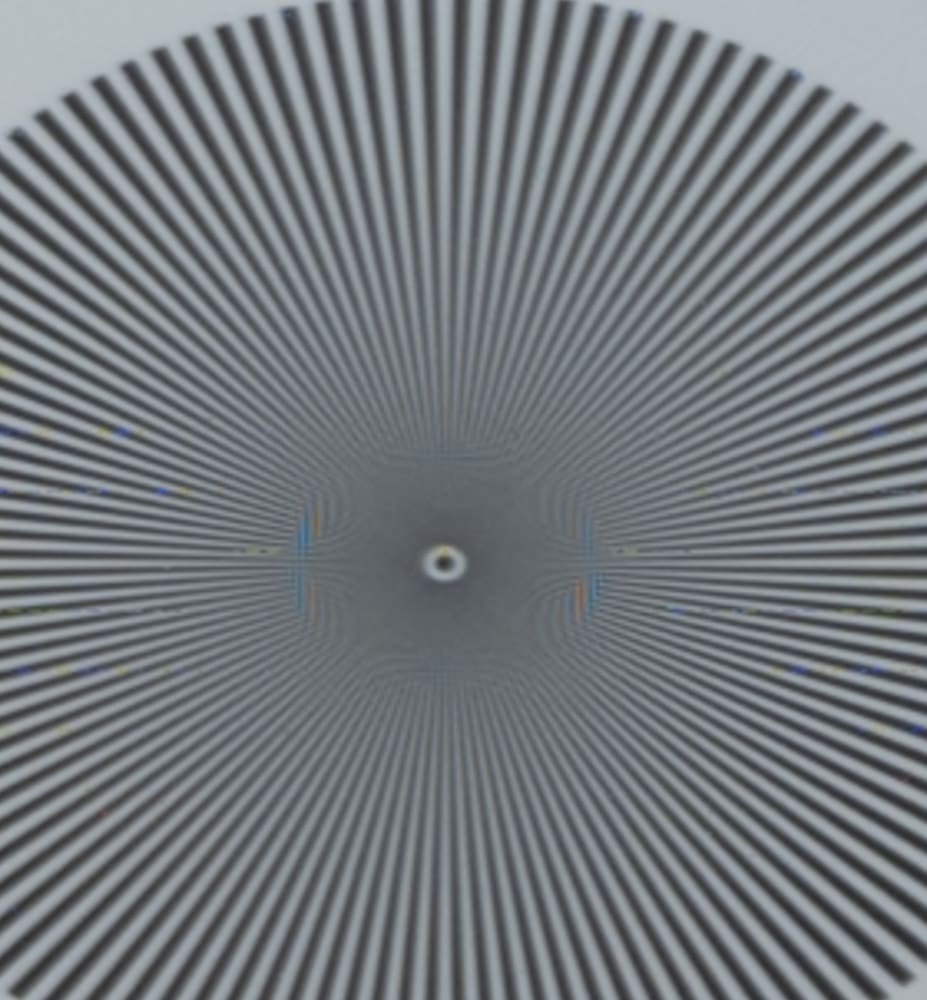
On the right side of the landscape-oriented image, the contrast for tangential lines is great, but the radial lines are suffering a bit.
Now let’s make things tough on the lens, by applying 15 mm of shift to the left, and still looking on the far right side of the image.
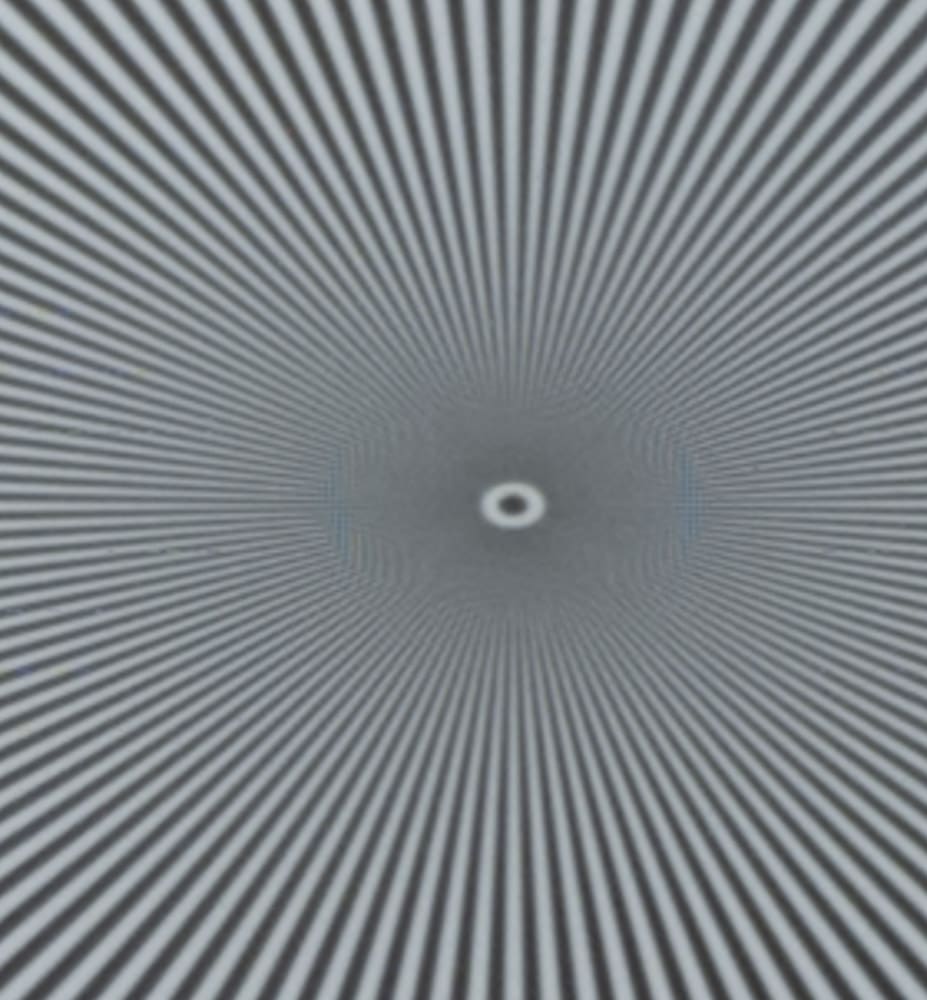
All things considered, this is outstanding performance.
Now we’ll stop down.
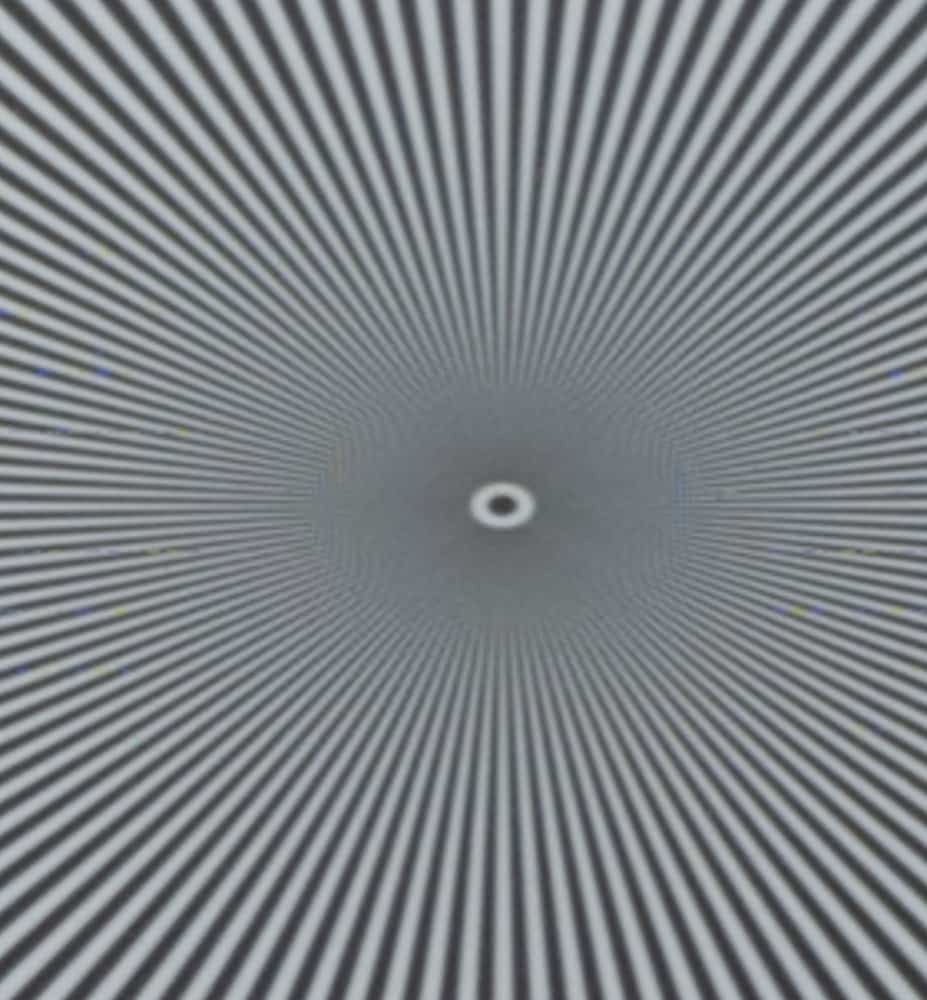
The sharpness at f/8 is actually a hair worse than wide open.
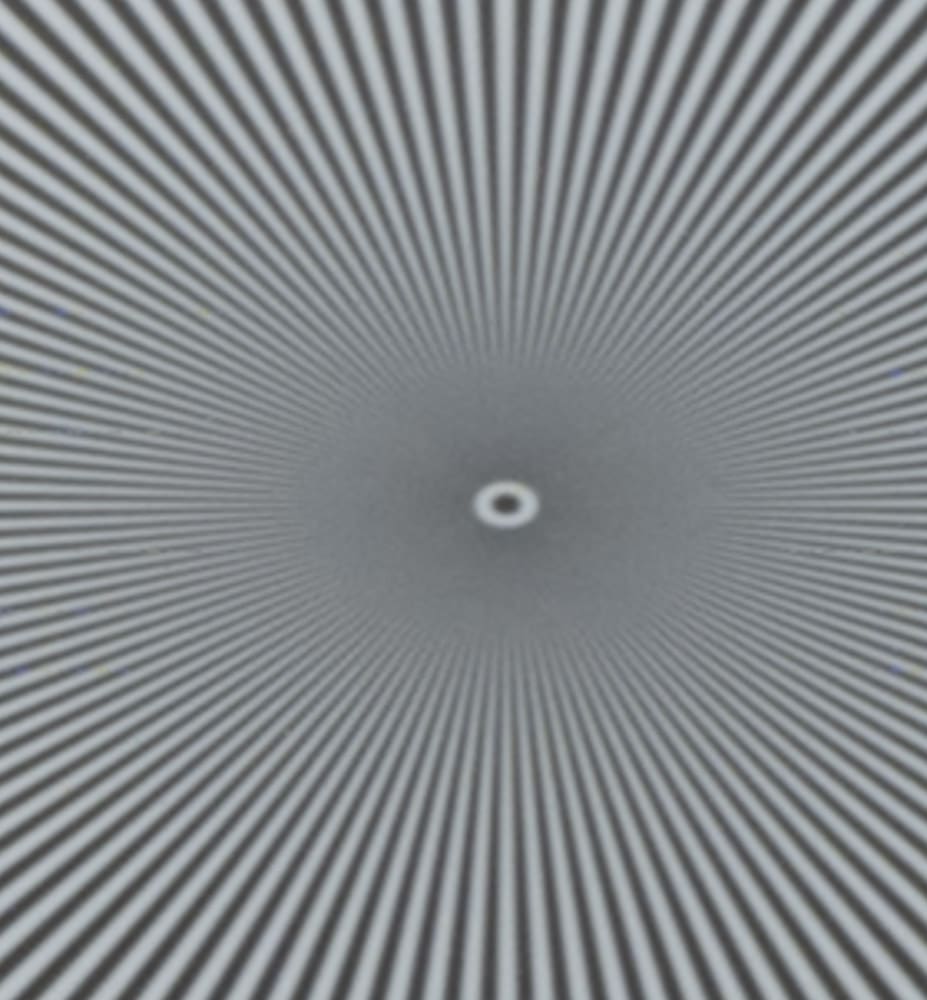
Diffraction is costing us here.
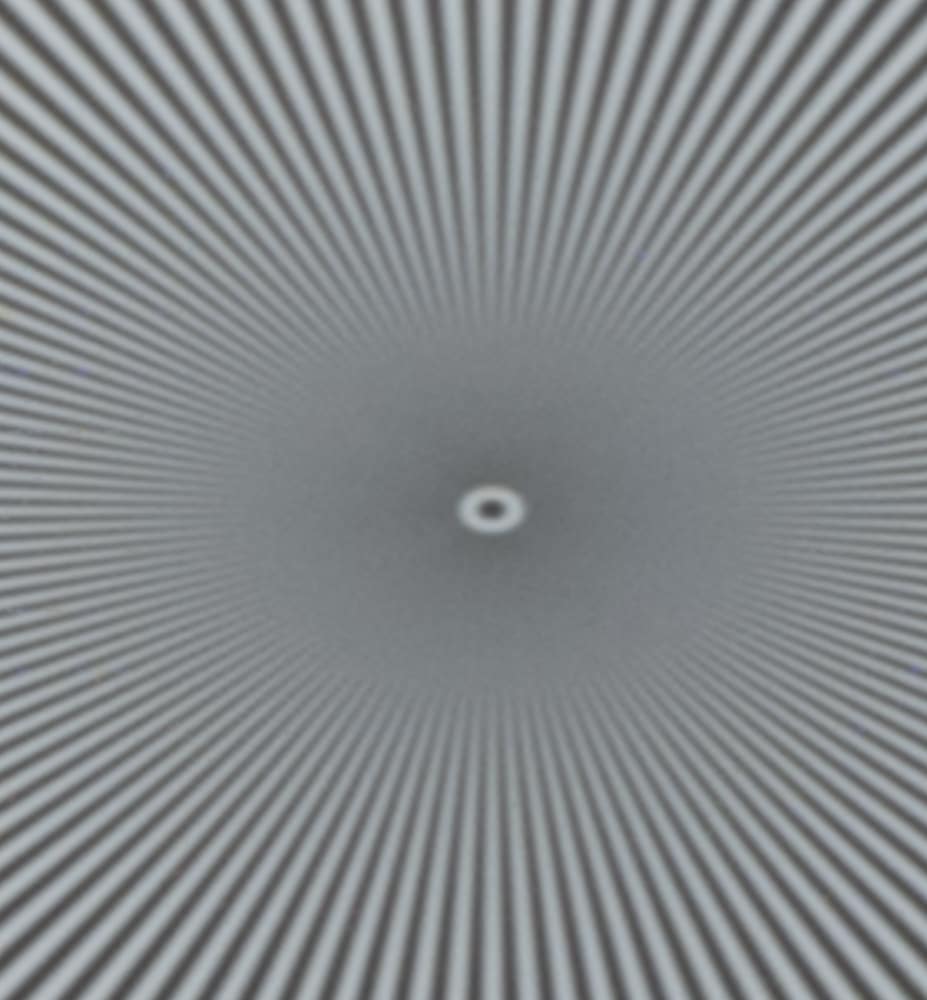
Still more diffraction.
Wow!
Testing notes:
I didn’t use the lens collar for this test. The focusing ring is fine-geared enough to make precise focusing easy. The controls seem well thought out. The shift and tilt axes are variable. The lens shade unscrews, but the front element of the lens would be easy to damage with the lens shade off.
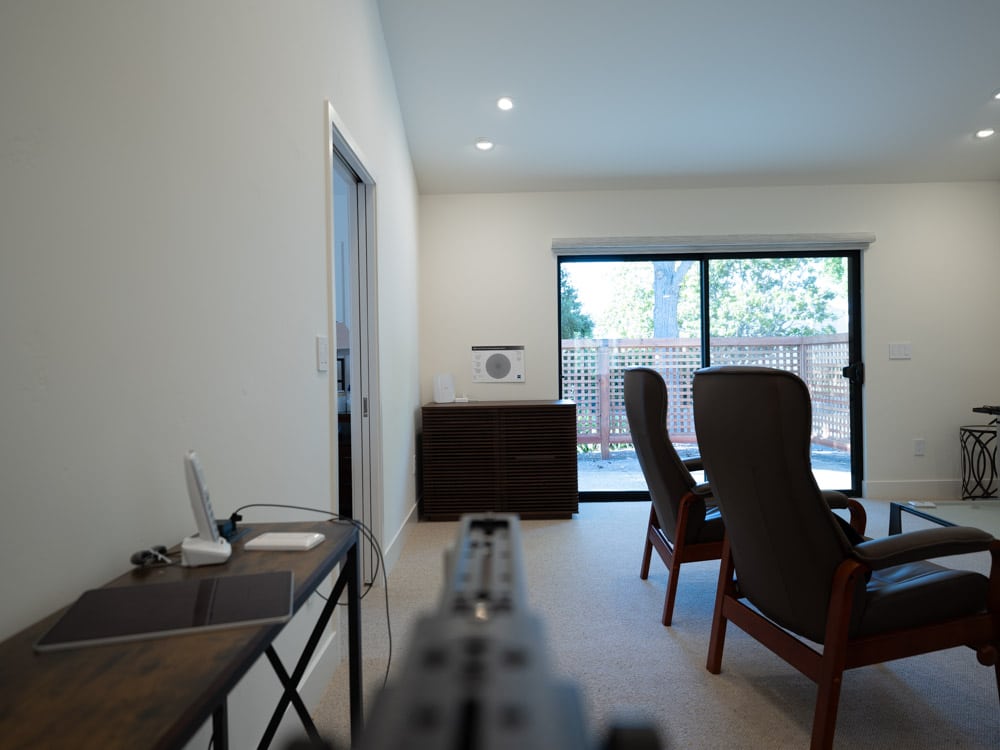
Leave a Reply